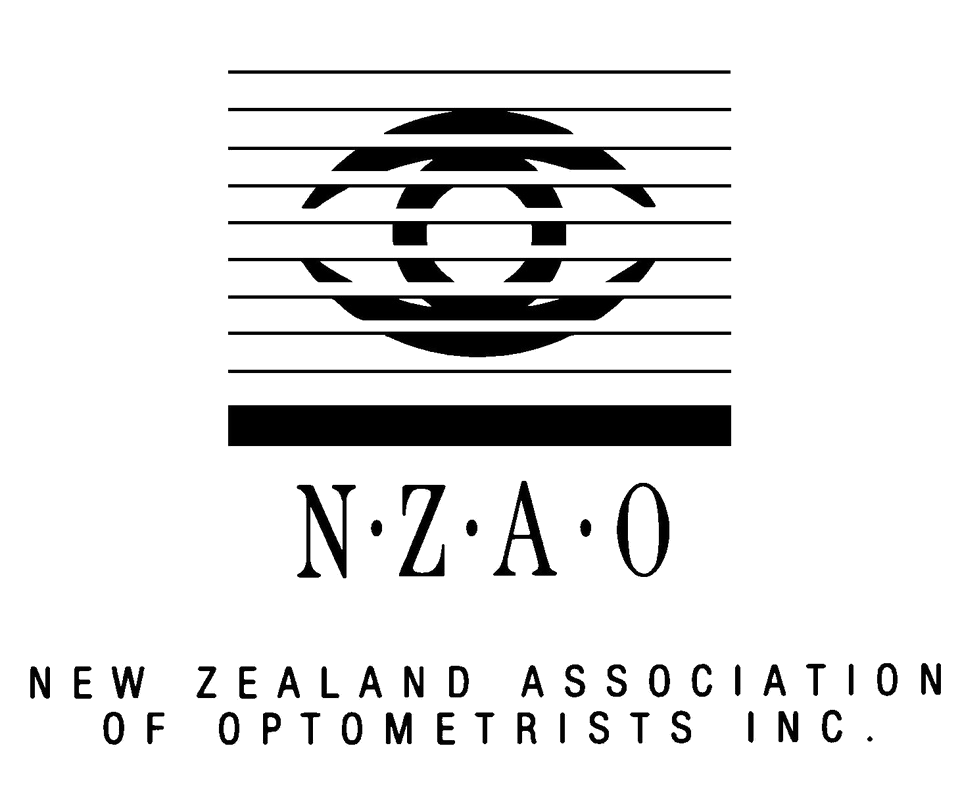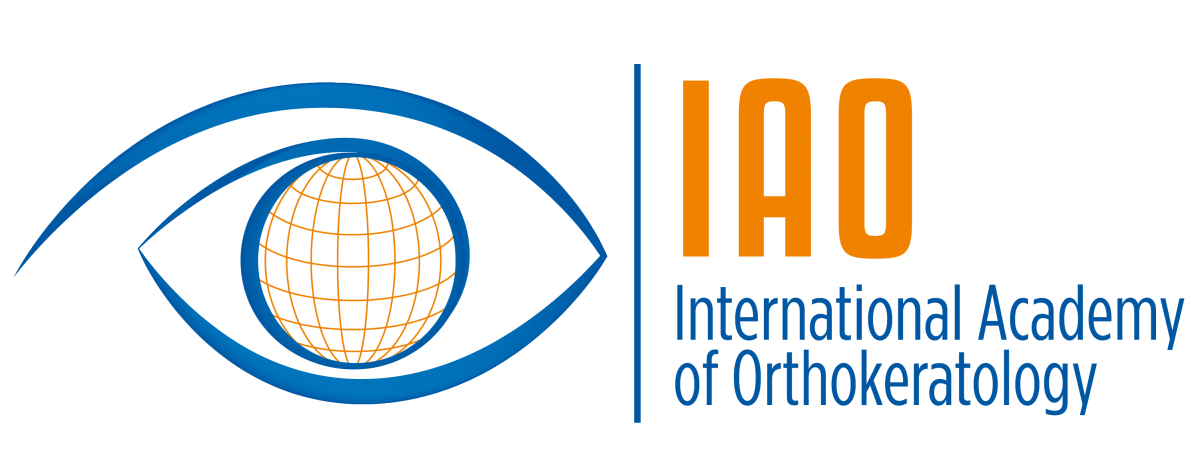Bay Eye Care is the first practice in Tauranga to offer thermal pulsation (Lipiflow) treatment for dry eye disease due to Meibomian Gland Dysfunction (MGD). In other parts of the world Lipiflow has been available for over a decade, with over 900,000 treatments carried out to date internationally, showing an excellent effectiveness and safety profile.
Who Can Benefit?
About 20% of the population suffers from dry, red, sore and irritated eyes due to MGD. The oil-producing meibomian glands stop working effectively in sufferers, diminishing the lipid (oily) layer of the tear film. In many cases this is due to thickening and stagnation of the meibum oils within the glands of the lids. This causes the watery component of tears to evaporate excessively. Eventually, if a meibomian gland stays plugged up for long enough, it will permanently die off, causing symptoms to worsen further. Lipiflow is ideally suited to MGD sufferers with thick or stagnant oils, to offer more effective improvements in function and symptoms than can be achieved from more conservative home-based therapies.
What is Lipiflow thermal pulsation treatment?
Traditionally to improve stagnant or blocked oil glands, regular home treatment with heated eyelid compresses and massage has been recommended, but can often be uncomfortable, time-consuming or ineffective.
The Lipiflow thermal pulsation system is a novel in-clinic treatment which uses a sterile single-use activator device sitting gently over your eye-lids. During a single 12 minute session the activator internally heats the meibomian gland structures, while simultaneously massaging the exterior lid to express any stubborn, blocked oils from the glands.
Numerous studies show significant improvements in meibum oil quality, tear-film stability and symptoms following Lipiflow treatment. Safety of the treatment also shows excellent results, with a recent systematic review of 10 Lipiflow studies showing no differences in adverse events compared to controls (Hu et al. Graefes Arch Clin Exp Ophthalmol. 2022)
When Will I Notice Improvements and How Long Will Improvements Last?
A cross-section of how the Lipiflow activator is positioned to treat up the meibomian glands.
Because the treatment immediately releases blockages within the glands, to allow healthy flowing meibum to release, results should be immediate. Indeed some patients feel that the single Lipiflow treatment can ‘cure’ them of their dry eye symptoms, however the majority of patients will need some form of complementary dry eye treatment to improve and maintain how their eyes feel.
Studies have shown that the improvements in meibomian gland secretion scores and symptoms that were observed 1 month after treatment were maintained after 1 year (Greiner J, Clin Exp Ophthalmol. 2013).
It is likely that due to the unblocking effect of Lipiflow treatment that the risk of meibomian gland atrophy in the future will be reduced.
What is Involved?
An initial comprehensive dry eye assessment is required to determine whether Lipiflow is the most appropriate treatment for you. Once this has been decided, the Lipiflow session takes up to 30 minutes.
Once you are comfortably seated on our reclined treatment chair your optometrist will instil a numbing eye drop to make sure your eyes are comfortable during treatment. An activator is then gently placed into position under the lids. The heated element of the activator has a deep cup to ensure it does not touch the sensitive parts of the cornea while it rests against your eye.
Check out our blog post video where Bay Eye Care optometrist Mr Aidan Quinlan describes his experiences with his Lipiflow treatment for dry eye.
Once the activator is in position the device’s thermal pulsation program can begin, and takes 12 minutes to complete, with the pressure of the pulsation increasing as the treatment progresses. During treatment you will feel warmth and pressure against the lids, but there should be no pain or significant discomfort.
IPL + Lipiflow Combination Treatment
IPL treatment for Dry Eye Disease can complement Lipiflow therapy.
For those patients with moderate to severe signs or symptoms of meibomian gland dysfunction, your optometrist may recommend combining the main two in-office procedures that we have available at Bay Eye Care; Lipiflow and IPL, for maximal clinical effect. Studies support the safety and effectiveness of this combination treatment. These treatments target different aspects of the disease process within the eyelids. Learn more about IPL treatment here.
How do I learn more?
A more detailed Lipiflow Information Sheet can be downloaded here. More information about the costs of Lipiflow therapy can be found on our Bay Eye Care Fee Structure page










